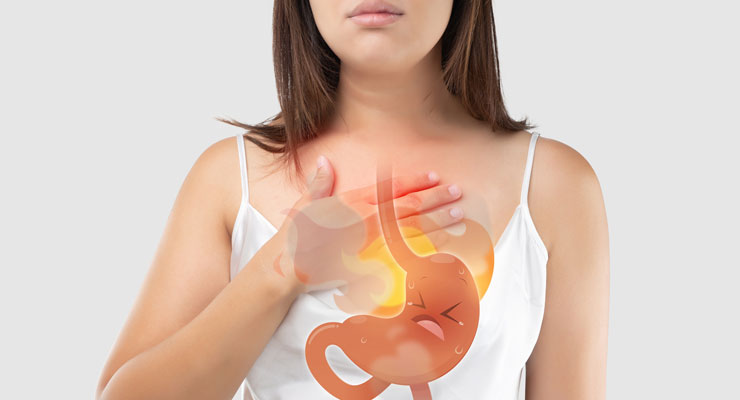

Phone : +91 9324240955
contact@drsandeepsonawane.com


GERD occurs when the digestive acids and enzymes in your stomach don’t want to stay in your stomach. Instead, they flow back up into your esophagus toward your mouth. This is because a band of muscle around the base of your esophagus — called the lower esophageal sphincter — weakens and doesn’t seal properly.
The purpose of the lower esophageal sphincter is to open when food moves down your esophagus. This allows food to descend into your stomach. If this muscle is weakened, it can allow a backflow of stomach contents into your esophagus, irritating it and causing pain.
The most common symptoms of GERD are persistent acid reflux (heartburn) and regurgitation. Many people with GERD experience a burning sensation in the chest that’s caused by stomach acid rising up into the esophagus.